What is Latvia famous for? This small but significant Baltic state squeezes Art Nouveau architecture, UNESCO World Heritage, natural landscapes and sticky black balsam into its eastern European borders. Let’s have a chat about what Latvia is known for.
See also: how to spend 3 days in Riga, Latvia
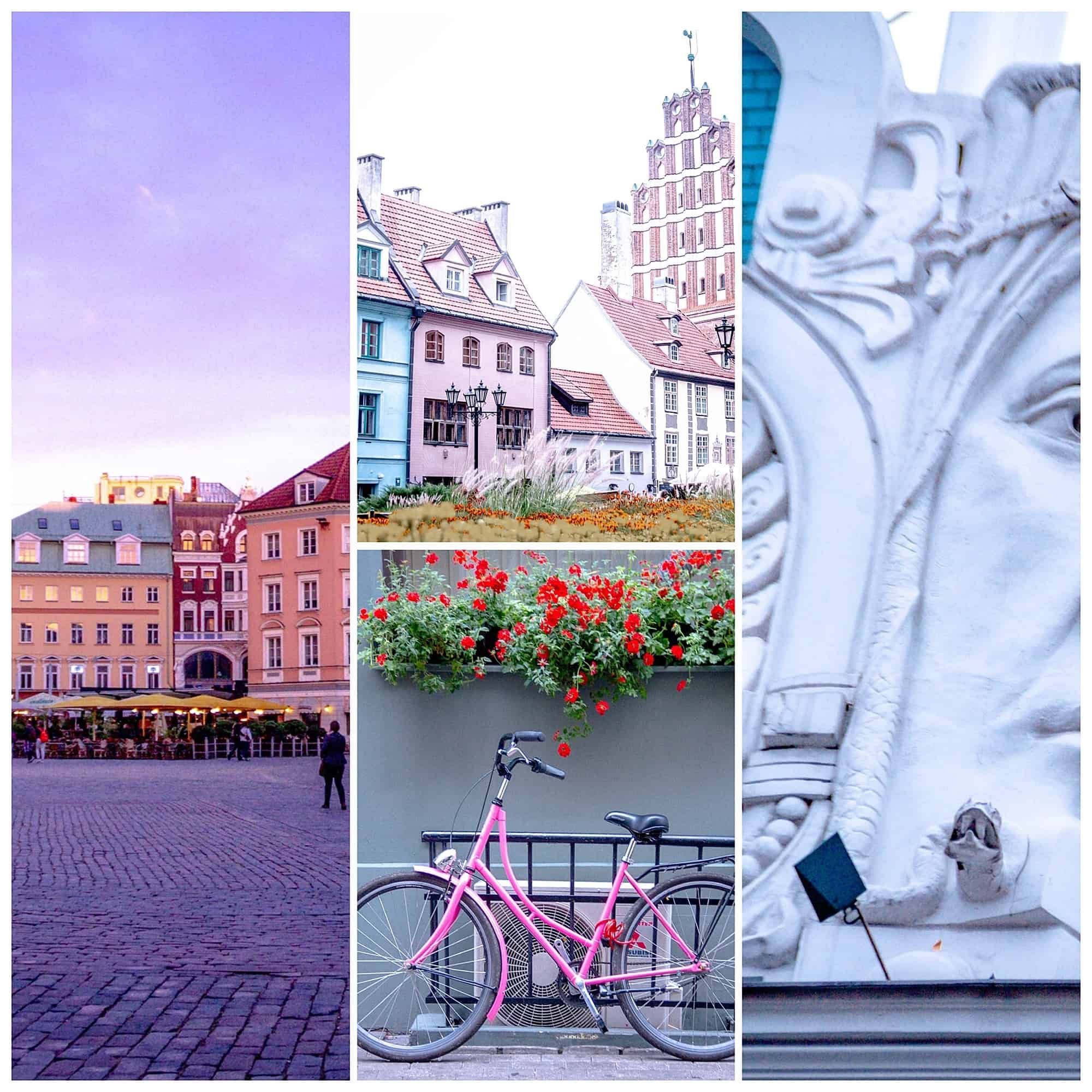
What is Latvia Famous For?
If I asked you, without pause for a heartbeat, what first comes to mind when you think of travel to Latvia, I wonder what I’d hear.
Would you feel the salt lick of spray from the ocean, feet squeezing soft sand beneath them?
Would you see willows at sunset and aristocratic stone houses, rich plum satin curtains gathered up in gold threads?
Or would you be walking through vineyards, chatting with bright blue eyes and splashing liquid through glass to taste pumpkin, honey and lingonberry wine?
I’ll let you off the hook: that’s not what I had in mind before I travelled to Latvia. Yet that’s exactly what these day trips from Riga reveal.
What is Latvia famous for? Beer, Art Nouveau architecture, lakes waterfalls and medieval towns. And more. Let’s talk about what Latvia is known for – and indulge me as I throw in a few surprises as well.
If you book or buy through any links on this page, we may earn a small commission at no extra cost to you.
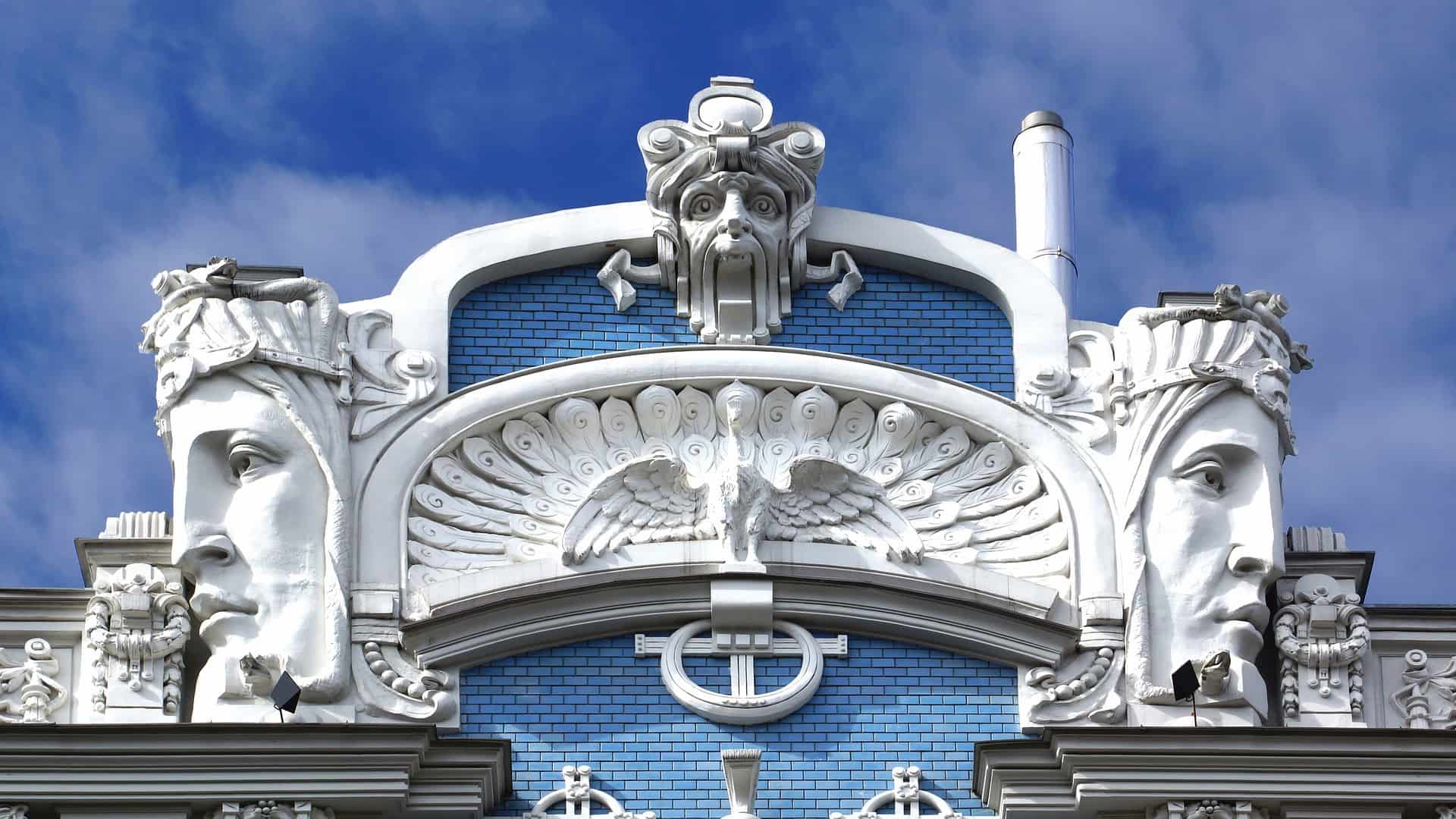
Art Nouveau Architecture
In Latvia’s capital Riga, Art Nouveau architecture makes up around a third of the architecture in the centre of town. That’s the highest concentration of the art form in the world.
This explosion took place in the early years of the twentieth century as Riga hit the big time as one of the Russian Empire’s ports.
The old town is now a UNESCO World Heritage Site, with medieval architecture and cute and cosy cafés mingling amid the Art Nouveau.
So if you’re asking yourself what is Latvia famous for, then follow this Riga itinerary and you’re off to a great start.
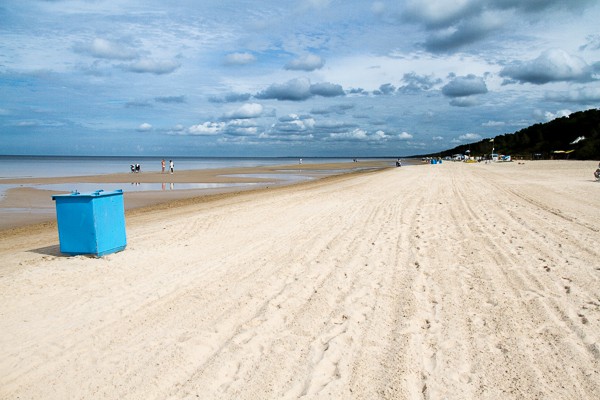
White Sandy Beaches at Jurmala
Jurmala (pronounced yermala in case you read aloud in your own head) spreads its sandy beaches 32 km along the Baltic coast, flanked by deep, lush, rich green pine forests.
The first glimpse of this came as we soared over them, ready to land in Riga, all splatterings of sand crusted watering holes and impenetrable pine.

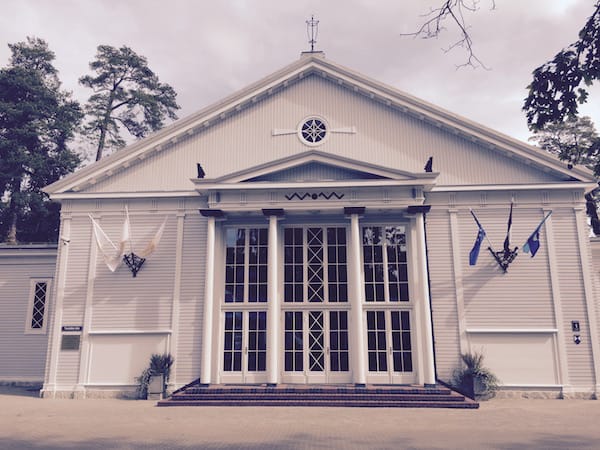
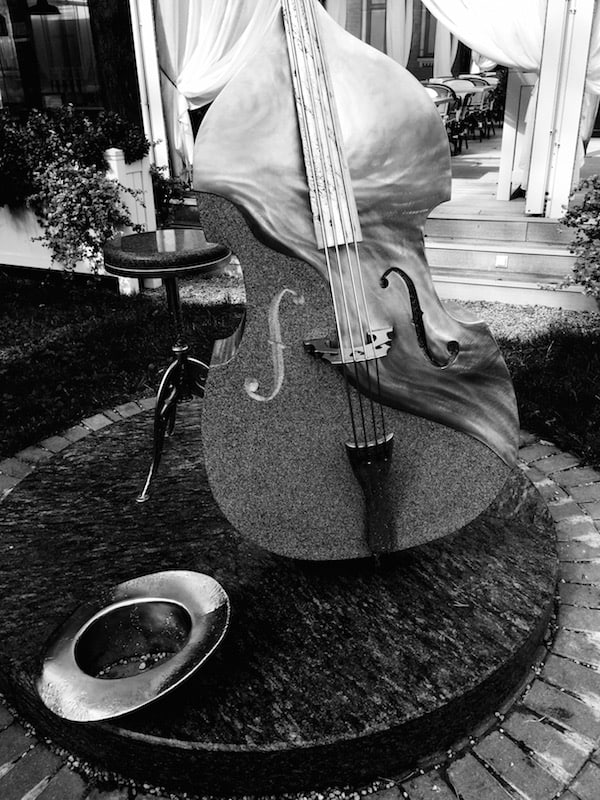
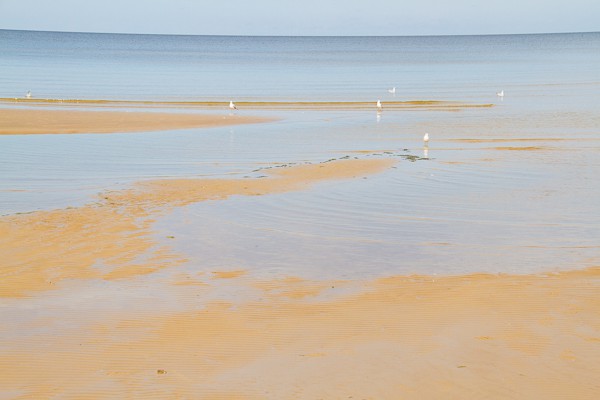
On the ground, it’s as little as a 30 minute train journey from the capital to where the Russian Tsars used to frolic in the sun.
With limited time, I checked out Dzintari: an area famed for its amber spas and healing waters, plus a viewing platform that guarantees a “kill or cure” approach for anyone suffering from a fear of heights.
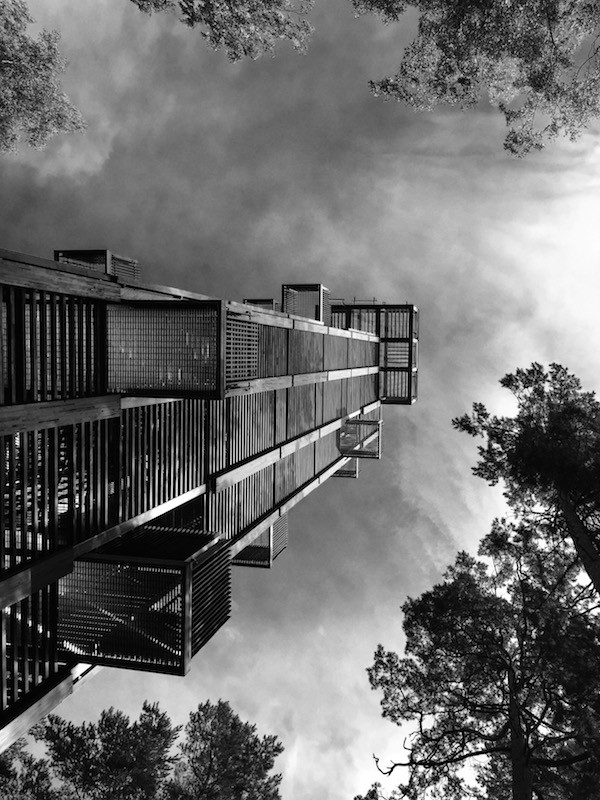
The Great Outdoors
Let’s talk nature and numbers.
Latvia has 12000 rivers and 3000 small lakes. Around 54% of the country is forest and 10% is bog.
In terms of wildlife, look out for otters, black storks, lesser spotted eagles, lynx, wolves and beavers as well as wild boar, red foxes, deer and elk.
Oh, and there’s Venta Rapid in Kuldīga, the widest waterfall in Europe. At its peak, it reaches 270 metres across. However, as it’s only a few metres high, don’t bank on a Niagara Falls like extravaganza.
In total, around 20% of the country is protected. That’s a total of four national parks, 42 nature parks, 260 nature reserves, 355 nature monuments, seven protected marine areas, 24 micro reserves and a biosphere reserve.
In 2012, Latvia topped the Environmental Performance Index and the country is still proud.
Model Beauty
Well, file this in the “strange but interesting facts about Latvia” file. Per capita, Latvia has one of the highest rates of female models in the world. Rivals Estonia and Lithuania rank higher, as does Denmark.
Black Balsam
You have to try it once. And once is often enough. Black Balsam is a traditional Latvian drink concocted from 24 different plants, flowers, buds, juices, roots, oils and berries soaked in oak barrels. Legends involving Catherine the Great say that it can cure the common cold. So the question is – why have the Latvians been keeping to themselves?
Something Special to Do in Latvia
Sleep in a Restored Manor House in Kurzeme
For a taste of the grandeur of the good old days, spend the night at the Kukšu Manor, restored to majesty from its original beginnings in the year 1530.
Of course, the good old days were only the good old days if you were the landed aristocracy rather than a mud-raking peasant, but for the sake of this dream, let’s just pretend we’re lords and ladies all the way.
Manor houses may be two a penny in England, Ireland, France and the like but here in Latvia such buildings are extraordinarily rare.
Not because the aristocracy didn’t used to build them: fiefdoms, feuds and funding fine projects were as popular here as they were in the rest of Europe during that time.
No, the main difference came, to simplify things somewhat, in the assassination of the Russian Tsar and widespread introduction of communism.
After the end of World War Two, for example, Kukšu became an outpost for the collective farm management system of the Soviet Union. After independence, it fell into disrepair.
At the time of its renovation, over 2000 vodka bottles were found inside.
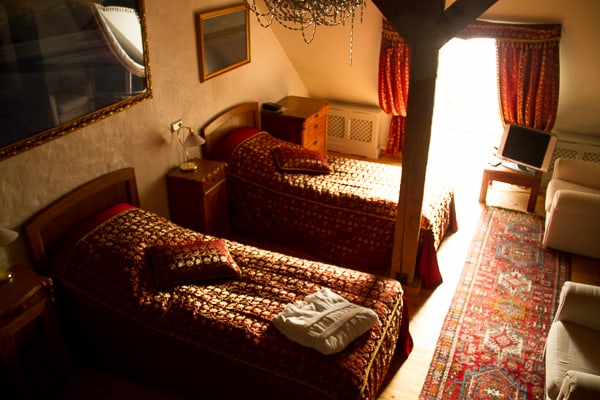
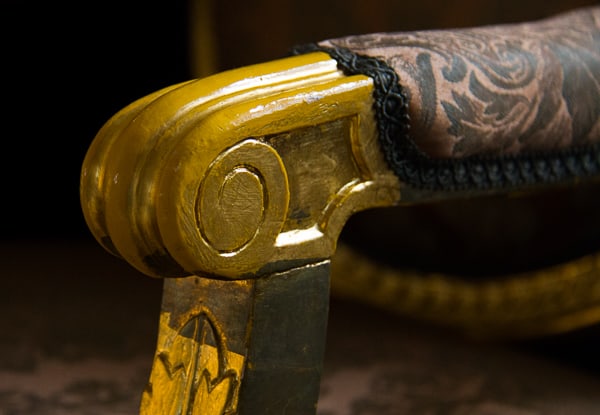
Today, the Manor catches the warmth of autumn beautifully as the sun slides down from the sky. It over looks a lake and roses and willows frame the shoreline, whispering history into the breeze.
Although it’s a national cultural monument, its position today owes much to the passion of its owner, an enthusiast from Germany, Daniel Jahn.
Thus, while special care has been paid to restore the oven, parquets and staircases with great accuracy, other rooms take on wishful whimsy (such as the blue and white Delft collections from the Netherlands.)
To stay at Kukšu, it’s essential to book ahead.
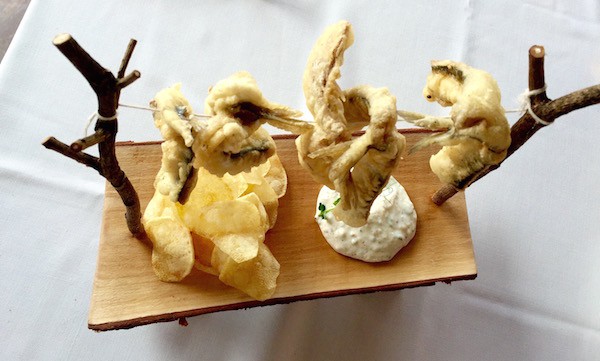
Enjoy Some Fine Dining
OK. So Latvia is not particularly famous for fine dining but things are definitely changing. Here’s one such example.
From the sun-soaked terrace of the aptly named Restorans Terase, the fields of Latvian countryside simply slip and slope away.
While the ground may be flat here, the food is not, rising (ahem) to the occasion in every kind of imaginative way.
Chef Nauris Hauka brings fish ‘n’ chips Latvian style, for example, perching perch on string hung between two branches.
His philosophy sounds heartwarming for a seasoned traveller like me:
A person is his or her life experiences and choices. We rely on experience provided by other people and our land and combine it with our vision of future.
Check out the other new and traditional restaurants that are making a stir in Riga with this 3 days in Riga itinerary and guide.
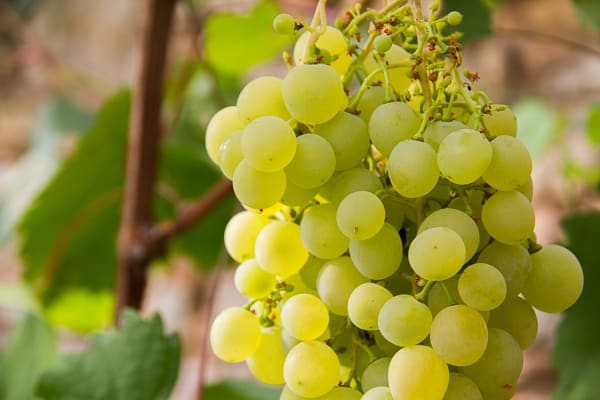
Wine Tasting
Latvia is typically more famous for beer than wine, but again, that’s in a state of flux.
In the Abava countryside, green leaves wave sun-splashed shadows across the Drubazas farm.
Our intial welcome seems tentative. Girts stands five metres tall (possible exaggeration) and translates on behalf of his mother, Smaida.
Her name, apparently, means to smile, and by the time we’ve sipped our way through plum, raspberry and lingonberry wine that’s exactly what’s going on – everywhere.
“Raspberry wine is very popular with Latvians,” we’re told. “It’s sweet and can be drunk exactly as it is.
“Chinese and Japanese visitors prefer lingonberry: sweet but with an ever so slight tang.”
“Brits don’t talk too much – but Swedes are even quieter.”
It’s a joyous trip through autumnal fruit and flavour innovation, the final taste pouring from the pumpkin bottle.
“The pumpkin is the biggest grape in Europe,” Smaida says, and though I don’t know where to start with that, I do know how to raise my glass.
“Cheers!” we cry, before remembering our manners. “Priekā!”
Again, you need to book in advance to go wine tasting at the Drubazas Farm.
What is Latvian culture?
Technically speaking, ethnic Latvians are a Baltic ethnic group with their own culture, language and country. The Latvian language is similar to Lithuanian but otherwise fairly distinct. The Baltic countries or Baltic states is a geopolitical term that refers to the nation states of Latvia, Lithuania and Estonia.
More On Travel in Latvia
Don’t miss our three day Riga itinerary.
If you have more time, why not also consider making the journey to nearby Estonia? You can find our guide to visiting Lahemaa National Park here.

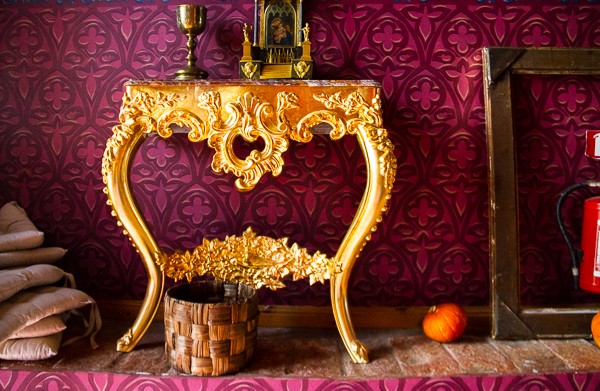
I had the unexpected pleasure of marrying into a Latvian family (from Seattle) 30 years ago. A few years after the wedding Latvia gained its independence and a few years later I had my first visit. They had me at hello. Black bread and farm cheese, served with black coffee for breakfast soon became my staple. Every time we go, we lug back 10 loaves (15 kilos) of black bread to get us through until next time. (My in-laws have since moved back there and they bring some when they visit also.) Our latest trip was this summer and we stayed, for the first time, in Riga overnight. (My wife’s father lives on a farm 120 km to the north of Riga.) We had tremendous meals that were hearty without being heavy or frumpy. Deer stew, pork shank on a spit, leg of lamb served with lively cabbages. Even in summer, it did not make us sluggish. The food on the farm is always better. Fresh game (deer, elk and moose), plump pork, chicken and duck, milk from the cow and all its by products. Plus the beer is fresh and sumptuous. My favorite comes from Valmiera Muiza on the outskirts of Valmiera. Latvia is a tremendous little secret with its outstanding natural beauty, close to the earth food and philosophy and a people welcoming, warm and modern. Please don’t tell anyone.
Ah – my mouth is watering just reading this. What a great way to discover a country – through love and family. Perfect!
Yes, I agree it’s a lovely surprise destination. And yes, a little like you, I’m tempted to keep it to myself…
Thank you for taking the time to visit and write about my country. I’m glad you enjoyed the visit and hopefully the people who will read your articles, will have a little better idea how beautiful and soulful Latvia is.
It seems like I have missed some parts during the my visits of Latvia, well, I have to start to consider a new trip across the Baltic sea. :)